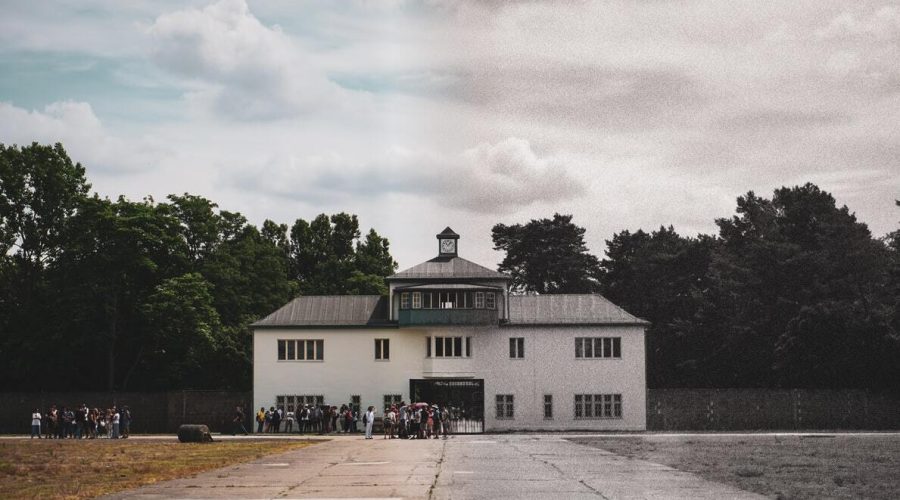How Can You Conduct Effective Research for Your Berlin Walking Tours?
Giving walking tours in Berlin as planned and conducted can be a thrilling and rewarding endeavor. If you are a tour guide, or want to give travelers a self-guided experience of the town, researching a lot first is paramount for having a wonderful and informative adventure for your audience. In this article, we are going to demonstrate the steps that you can take in regards to doing research for your Berlin walking tours so as to have all the information insight that you need to offer the best tour ever.
1. Find Out Your Tour Theme and Focus
Before researching your walking tour, it is necessary to establish the theme and topic. Berlin is a history, culture, architecture and landmarks city, therefore, select on a theme you give you to concentrate and deliver to your participants of a single experience. Some of the best and famous tour themes in Berlin include such options, as World War II, Berlin Wall and Cold War, Street Art or Graffiti, Jewish Heritage and others.
2. Gather Historical and Cultural Information
Before forming a hypothesis about Berlin, start by gathering historical and cultural background. This will include knowledge of the city’s history, important events, monuments and culture. Check out local libraries, museums, and tourist information centers to find books, articles, guide and information books. Also, take advantage of online resources such as the official city websites, historical archives or tourist travel blogs to get latest and detailed information.
3. Explore Neighborhoods and Landmarks
To make an exciting walking tour happens to be necessary to look into the neighborhoods and the icons you meant to have on it. Visit each location, jolt notes, and indulge in environment. Take notice of the historical markers, plaques, and any other available on-site. Exchange with locals or shopkeepers, maybe there are some who will give you recommendations. On-site experience will prepare you to effectively bring the atmosphere and importance home to your tour groups.
4. Incorporate Personal Stories and Anecdotes
Turning your walking tour into a personal experience by adding personal stories and anecdotes will make it more engaging and tangible. Conduct interviews or people, delve into, personal account and attending stories from a variety of sources. Use these stories in your tour to make a link between history and people who lived it. Telling your own stories can help your participants to get a better understanding of what really happened in Berlin.
5. Plan an Engaging Route
Preparing an effective walking tour route is important for the success of it. Use a map to layout the sites you have to visit to ensure a logical and efficient order. Think about the length of the tour and the physical abilities of the people in your tour. Anschließend können zwischendrin Pausen und Getränke, Durchgänge weiten zusätzlich die Freude. Ensure the route provides an assortment of famous landmarks alongside lesser known diamond boxes, that participants can uncover all aspects of Berlin.
6. Stay Updated on Current Events
Staying updated about current events and news in Berlin. Keep up on exhibitions, festivals and other cultural events, as they can enhance your walking tour. Go to events related to the area, and keep reading qualified newspapers to ensure you stay current. By linking the current events to the tours, one can offer a dynamic and up-to-date experience for the participants.
7. Support Your Research with Visuals
Using visual materials is also very helpful for your walking tour. Gather historic photo’s, foto’s, maps and illustrations that fit with your tour theme. Use these visuals as they “swipe in” to a handheld device or print as a print out to provide a visual aid to engage participants on the tour. Imagery can aid participants to envision what spaces has looked like in the past time and comprehend the significance of history.
8. Test Your Tour and Give Feedback
Before running a walking tour it’s important to pre-run your route and content. Have friends, family members or colleagues participate in a trial run of the tour and gather their input. Pay attention to areas where additional information is required, potential areas of the course where participants might lose interest or territory of areas where action points are needed. Customize your tour according to the feedback to guarantee the best outcome for your future attendees.
Conclusion
Planning research for your Berlin walking tours is time consuming and needs a lot of preparation. By deciding on your tour theme, collecting historical and cultural data, discovering neighborhoods, points of interest, adding personal experiences, piecing together an engaging course, staying well-versed by the day’s news, backing your analysis up with visual aids and trying your tour, you can offer visitors a once-in-a-lifetime adventure. Keep in mind the better you finish your research, the more valuable and memorable your walking tour will be.
Table of Contents



